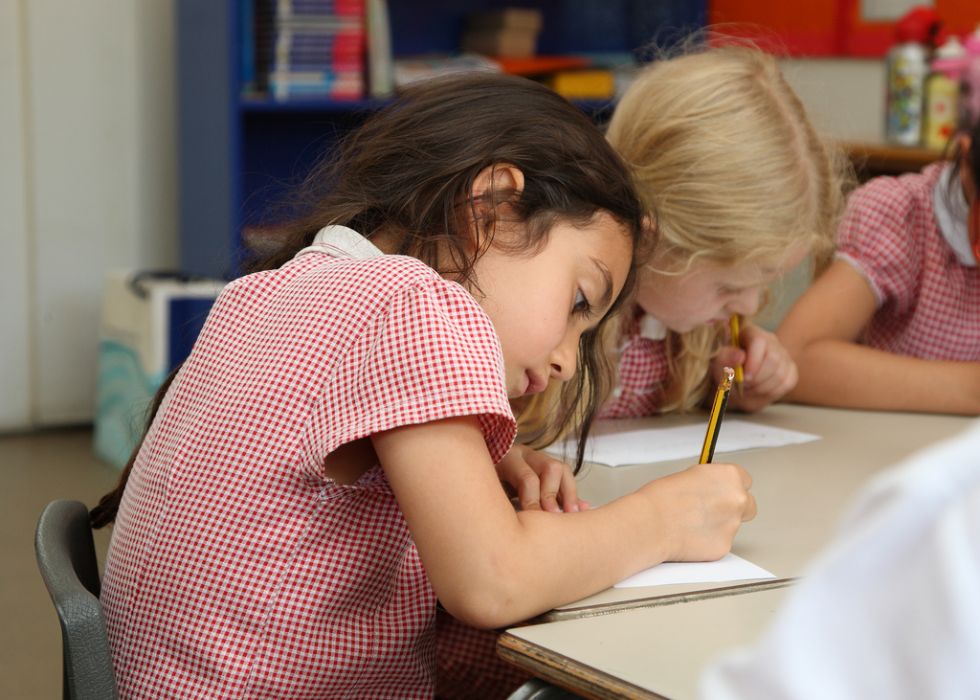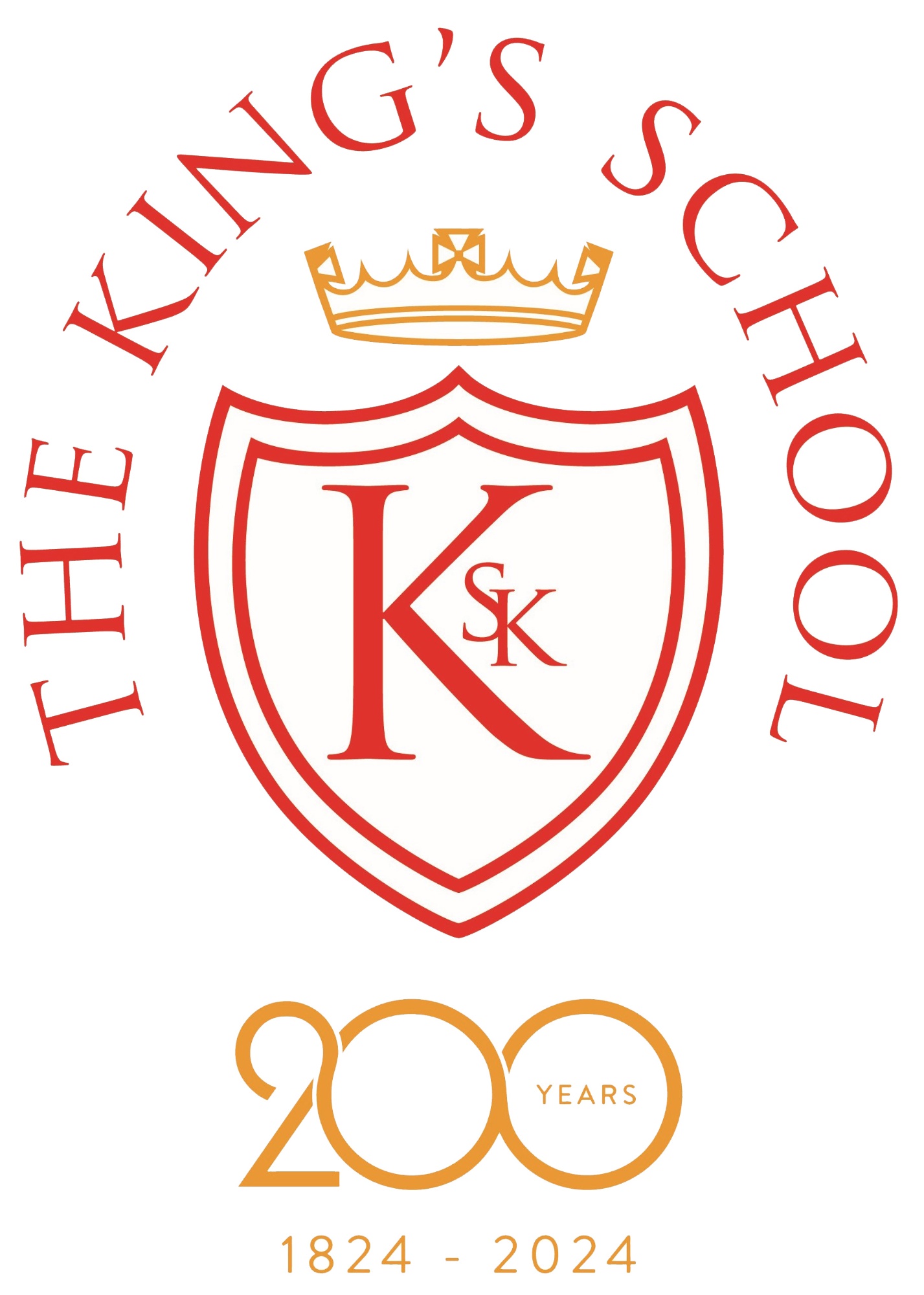Mathematics
"I can do all things through Christ who strengthens me"
(Philippians 4:13)

Intent- How our curriculum is structured and organised
At The King’s School, we foster a positive attitudes towards maths, encouraging children to enjoy exploring and building their mathematical knowledge and to believe in themselves as mathematicians. We follow and teach the requirements of the National Curriculum using the structure provided by White Rose. Alongside this, we use NCETM (National Centre for Excellence in the Teaching of Mathematics) and NRICH, which are used to support and challenge children. Our skill and knowledge progression map ensures that mathematical knowledge and concepts are built on over time, increasing in complexity as children progress through the school. The regular re-visiting of key mathematical concepts supports children to remember more and build on their understanding, enabling them to apply their knowledge to more challenging mathematical problems.
Connections within and across topics are made explicit and the use of correct mathematical language and accurate terminology is modelled throughout maths teaching. The aim is for children to have a strong foundation in mathematical understanding and the confidence to apply their maths skills when exploring new concepts, using correct mathematical language to explain their thinking.
Implementation - How our curriculum is taught
The King’s school is part of the West London Maths HuB, where maths leaders across many schools work together to review the quality of maths teaching and the curriculum. Through professional dialogue and sharing good practice we ensure high quality maths teaching is consistent across our school.
Maths is taught through the key principles of representation and structure, variation, mathematical thinking and fluency, in a coherent journey through the maths curriculum. This approach has been fostered from Shanghai, where teaching starts from the belief that all children can succeed in maths. This means that the class is mostly taught together for the duration of the maths lesson, and new material is introduced at a pace where everyone can keep up. We ensure that all children have scaffolding to support their learning, challenge to extend their thinking and opportunities to grow in independence.
Fluency:
From EYFS, children build fluency with numbers to allow them to have a strong foundation on which to build their maths learning. With knowledge of connections across numbers, children have secure rote awareness of number facts and multiplication table facts (Year 2 up). Each year group has fluency targets, which are developed throughout the year, meaning children, can go forward in the future and apply their secure fluent skills in new and different learning. Fluency does not occur as separate and standalone learning. It is embedded in all maths learning, and revisited and in all maths lessons.
Representation and structure:
Children are introduced to different representations and structures with manipulatives (materials like tens frames, counters, unifix, Numicon, Rekenrek, bead strings) throughout their maths journey. Manipulatives are used to show different depictions of numbers and approaches to strategies across all topics, and are used by all children of all mathematical ability. Manipulatives and pictorial representations are used to introduce new concepts within the CPA model (Concrete- using manipulatives, Pictorial- using pictures to represent a problem, Abstract- having a problem represented with numbers, words, symbols or a mixture of these) and are then continually referred to, when learning a new concept. Multiple representations of the same concept are shown to children (see variation) and connections are shared and developed between these.
Variation:
Variation is essential when developing adaptable, well skilled mathematicians. Variation is shown through concepts; introducing children to multiple ways to see fractions, shapes or numbers. It is also shown through procedures; children understand that there are different ways to approach questions, and from year to year, they develop and refine this practice when applying different methods. Variation is used by teachers alongside a good understanding of the prior and future teaching and an understanding that we all learn in different ways.
Mathematical thinking:
All principles that we use to teach maths are secured by making connections. Children are constantly reminded of links with previous learning, visual representations, procedures and number facts, ensuring that no learning in maths is isolated. This supports children in applying their skills and knowledge to build chains of reasoning and understanding and to see and make connections between different mathematical concepts.
Impact - A cohesive learning journey
As children move through the school they are well prepared for the transition to the next stage in their Maths learning, within King’s and beyond.
A strong foundation is built with secure understanding, enabling children to apply their knowledge to new and different contexts. Children are able to articulate their thinking and justify their answers, drawing on previous knowledge, using correct mathematical language.
Children leave The King’s School as confident mathematicians with the security that no matter how difficult a question seems, they have the resources, skills and resilience to tackle it.
Pupils move to secondary school with firm foundations in maths and a positive frame of mind to approach the next stage in their maths learning with confidence.
Please scroll down to the end of the page to view:
- The King’s School Maths Key Overview
- The King’s School Maths Skills and Progression map
- White Rose Maths Calculation Policy
